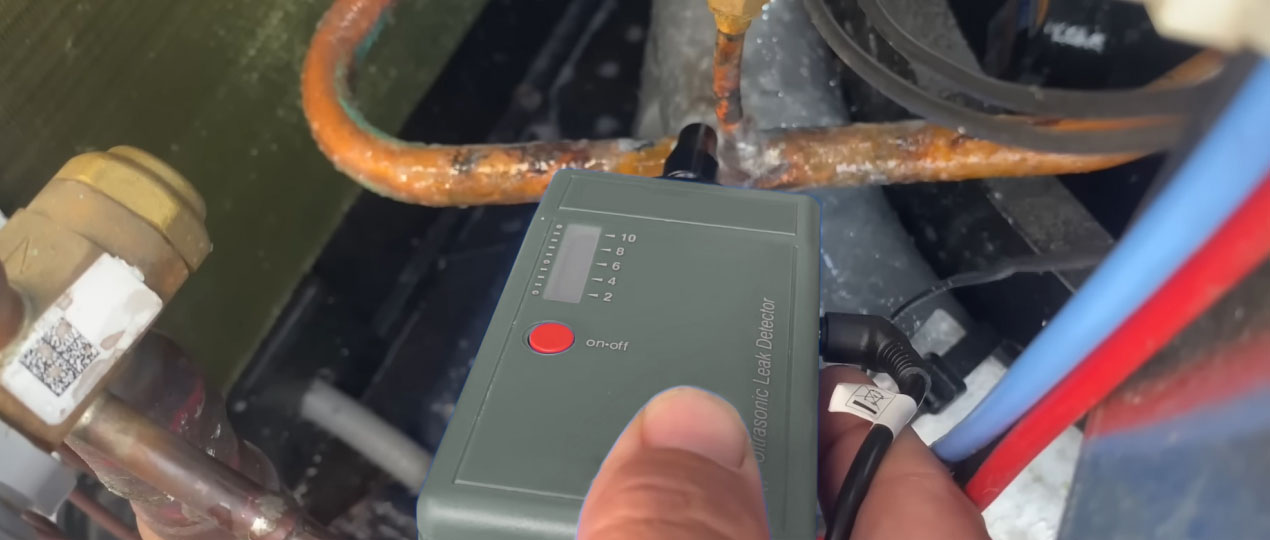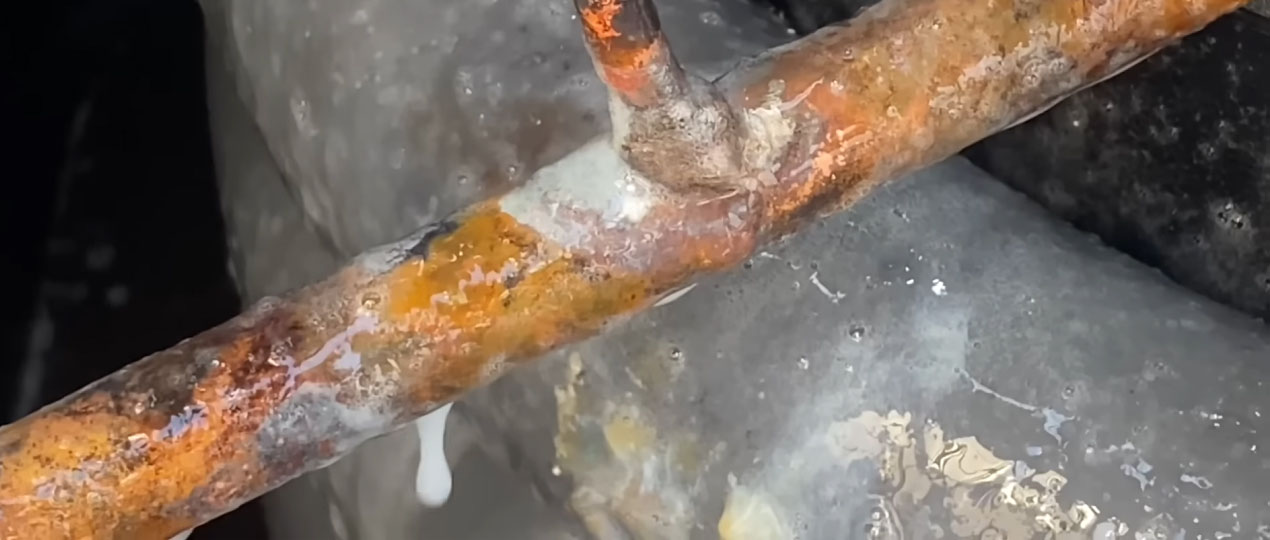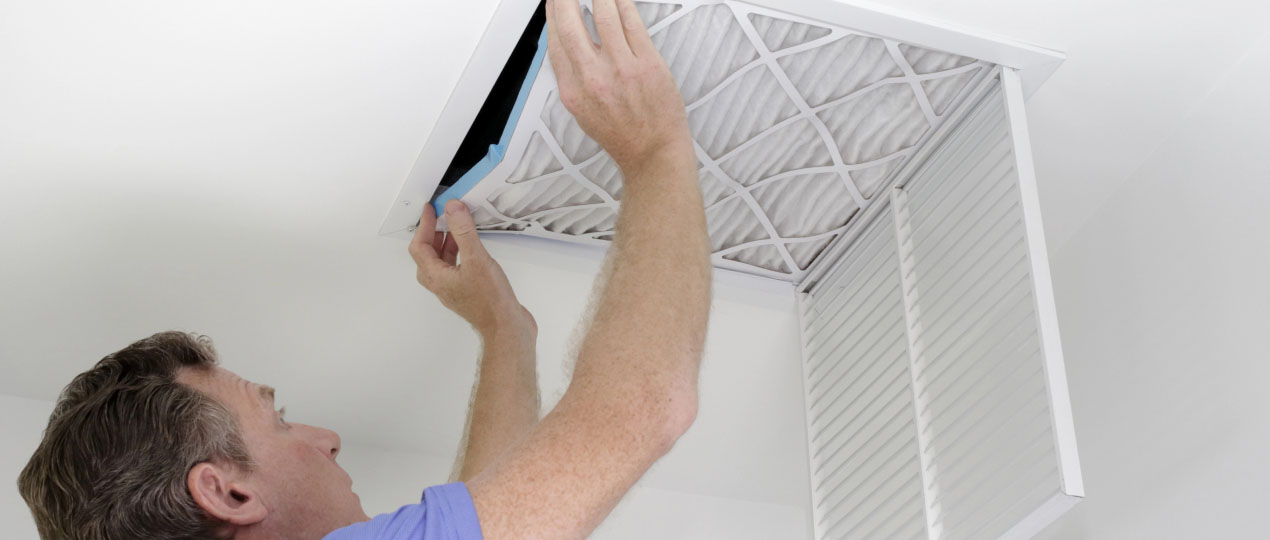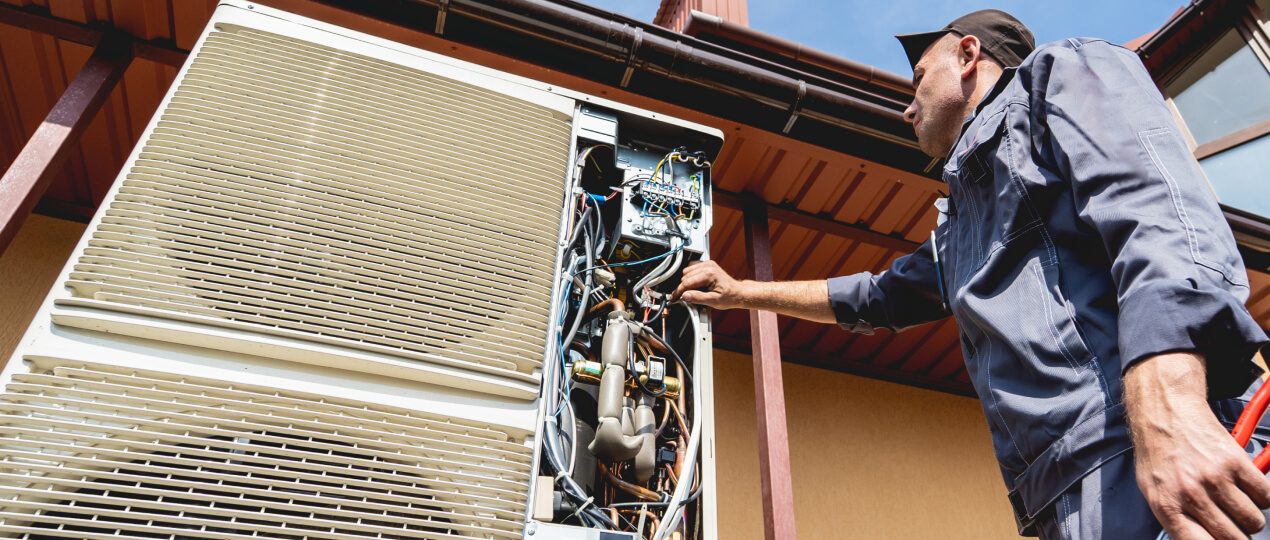
Air conditioning systems are essential for comfort, especially in hot climates. However, a common issue that many AC owners face is a refrigerant leak. This problem can lead to inefficient cooling, higher energy bills, and even permanent damage to your unit. In this article, we’ll discuss the causes, signs, and solutions of air conditioner refrigerant leaks, helping you understand how to handle this issue effectively.
What is a refrigerant in air conditioners?
Refrigerant is the essential fluid that makes cooling possible in an air conditioner (AC). It circulates through the system, absorbing heat from the air and transferring it outside, leaving cool air behind. The refrigerant undergoes a constant cycle of evaporation and condensation, which helps in maintaining a comfortable temperature inside your home.
The role of refrigerant in air conditioning is critical – it determines the system’s ability to cool the air efficiently and maintain energy savings. Without enough refrigerant, an AC will struggle to reach desired temperatures, reducing its efficiency.
What are the most common causes of AC refrigerant leaks?
Understanding the causes of refrigerant leaks can help you better maintain your AC unit. Leaks typically occur due to a variety of factors, ranging from natural wear and tear to external damage.
Corrosion and rusting
Over time, parts of the air conditioning system, particularly the refrigerant lines, can corrode due to moisture, dirt, and other environmental factors. Corroded areas weaken the metal, causing small cracks or holes that allow refrigerant to escape.
Physical damage
Accidents, such as moving or dropping objects near the AC, can cause physical damage to the system, especially to the refrigerant lines or the condenser. A small crack may not seem like a big deal, but it can lead to significant leaks over time.
General wear and tear
Like any mechanical system, air conditioners endure regular wear. Over years of operation, components can become loose or deteriorate, leading to the air conditioner leaking freon. Especially in older systems, seals and gaskets can degrade, causing tiny leaks.
Faulty installation
Improper installation of your air conditioner, particularly if the refrigerant lines are not sealed correctly, can result in slow but persistent leaks. Ensuring your AC is installed by licensed professionals is key to preventing such issues.
What are the signs that your AC unit is leaking freon?
If your AC unit is leaking freon, there are a few telltale signs to look out for. Recognizing these symptoms early can help you avoid more serious damage and unnecessary repair costs.
- Hissing or bubbling sounds This is one of the first indicators that refrigerant is escaping. If you hear this, it’s important to have the system checked.
- Ice buildup on the evaporator coils or compressor Low refrigerant causes the evaporator coils to freeze, which can further impair the system’s ability to cool.
- Warm air blowing from vents The most obvious sign, as the AC can’t cool the air properly when there’s insufficient refrigerant.
- Higher energy bills Freon leak in the AC system causes your equipment to work harder, leading to increased electricity usage.
- Short cycling The AC turns on and off repeatedly, struggling to maintain a consistent temperature.
If you notice one or more of these symptoms, it’s crucial to investigate further to prevent your AC from breaking down entirely.
How to detect an air conditioner refrigerant leak?

Early AC refrigerant leak detection is crucial to preventing further damage to your system. Here are some methods you can use to identify leaks:
- UV dye A special ultraviolet dye can be added to the refrigerant. When a leak occurs, the dye will show up under UV light, making it easier to locate the leak.
- Electronic leak detectors These devices can detect the presence of refrigerant gases in the air. They’re highly sensitive and can pinpoint even small leaks.
- Soapy water test One of the simplest methods. Mix soap with water and apply it to refrigerant lines. If bubbles form, you’ve located the leak.
- Visual inspection Check for oil spots or greasy residues around the refrigerant lines, which can indicate a leak point.
Performing regular inspections and using these tools can help you catch refrigerant leaks before they escalate into more serious problems.
How to fix AC freon leaks: professional repairs vs. DIY fixes
When it comes to AC refrigerant leak repair, there are two main options: professional repairs or DIY fixes. While DIY may seem cost-effective, it’s important to weigh the pros and cons.
Professional repairs
Hiring a licensed HVAC technician ensures that your AC is repaired properly and efficiently. They have the expertise, tools, and knowledge to detect and fix leaks, and they can recharge the refrigerant correctly to avoid further damage. Professional repairs also come with warranties, so you’re covered in case the issue reoccurs.
DIY fixes
While some homeowners attempt to fix AC freon leaks on their own, it’s generally not recommended. Without the proper equipment and expertise, DIY repairs can lead to incorrect refrigerant levels, further damage, or even hazardous situations. Additionally, handling refrigerants requires specialized training, as they are regulated substances.
How to prevent future refrigerant leaks?
Preventing air conditioner refrigerant leaks is all about regular maintenance and proper care. Here are some tips to keep your system running smoothly:
- Regular inspections Have your AC system checked at least once a year to identify potential issues before they turn into leaks.
- Clean the coils Dirty coils can cause the system to overheat and damage the refrigerant lines. Clean the evaporator and condenser coils regularly to keep the system efficient.
- Check for corrosion Inspect refrigerant lines for signs of corrosion and rust, especially if your system is older. Replacing damaged parts early can prevent leaks.
- Proper installation Ensure your air conditioner is installed correctly by licensed professionals, paying special attention to the refrigerant lines.
- Refrigerant recharge Ensure your refrigerant levels are topped off by a qualified technician, as low refrigerant can increase the likelihood of a leak.
By staying on top of maintenance and addressing any small issues promptly, you can prolong the life of your AC system and keep it operating at peak efficiency.
Conclusion: the importance of timely AC refrigerant leak repair
Addressing refrigerant leaks promptly is crucial for maintaining your air conditioner’s efficiency and avoiding costly repairs. Leaks not only hinder your system’s cooling performance but can also cause long-term damage to your unit. Whether you notice signs like hissing sounds or ice buildup or suspect a leak through higher energy bills, it’s vital to act quickly. Timely repairs will not only restore your comfort but also save you money in the long run.
For all your air conditioner repair and maintenance needs, contact our team of licensed professionals. We are committed to providing reliable and expert services to keep your AC system running efficiently.
Trust us to provide cost-effective and long-lasting solutions for any HVAC issue.
Order the best specialist in Canada Now (866) 545-6460
REFERENCES
1. Zhao, Y., Yang, Z., Zhu, J., Hou, Z., Zhang, S., Hu, Y., & Shu, Y. (2024). Research on the dynamic characterization and detection of refrigerant leakage in multi-connected air-conditioning system. Energy and Buildings, 309, 114076. https://www.sciencedirect.com/science/article/abs/pii/S0378778824001920
2. Yoo, J. W., Hong, S. B., & Kim, M. S. (2017). Refrigerant leakage detection in an EEV installed residential air conditioner with limited sensor installations. International Journal of Refrigeration, 78, 157-165. https://www.sciencedirect.com/science/article/abs/pii/S0140700717300968



